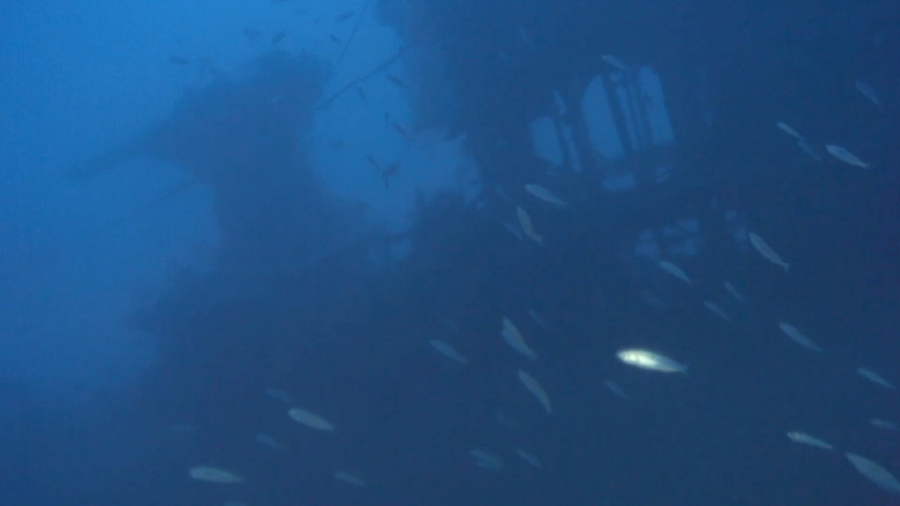Researchers from the University of Malta have recovered the wreck of a British submarine dating back to World War II near the island of Malta.
On April 27, 1942, the HMS Urge, a U-class submarine commanded by Lieutenant Commander E.P. Tomkinson sailed out from Malta with 44 men on board—32 crew, 11 naval personnel, and one reporter. The ship was heading for the Egyptian port of Alexandria to escape from the heavy siege of Malta by German and Italian forces as part of a redeployment operation of the Royal Navy’s 10th flotilla.
However, that safe haven would never be reached because the vessel ran into a mine just 2 miles off the Maltese coast.
Speaking to TV Malta (TVM), Professor Timmy Gambin, one of the leading associates for the expedition, said that, “The damage to the bow shows a very violent explosion where the entire bow section is detached from the rest of the submarine, indicating that the ship would have sunk very fast giving no chance to anybody to survive from this tragedy.”

“Besides the damage on the bow, the wreck is in absolutely fantastic condition. It is sitting upright on the sea-bed, very proud, in the direction that it was ordered to take on its way to Alexandria. It is actually quite a poignant vision to see this submarine still upright and proud,” Gambin said on Oct. 30.
After the blast, 77 years of silence set in. The ship disappeared without a trace and has been lying on the seabed at a depth of 425 feet, leaving family members of the passengers in uncertainty about what happened to their loved ones.
Marine archeologists with the University of Malta had been searching for the wreck for decades, but to no avail. Until 2017, when Tomkinson’s grandson Francis Dickinson contacted Maltese nautical experts, saying he had strong indications the Urge would most probably have gone down after hitting a mine and that they should explore the heavily mined area off the Maltese coast.
A team was formed consisting of Gambin, Dickinson, who also partially financed the project, and Platon Alexiades, an experienced naval researcher from Montreal, and together they canvassed 88,000 square miles using sonar imagining technology.

The project was funded by the Royal Navy, Malta, and private funding, and facilitated by the University of Malta’s Research and Innovation Trust.
Gambin told TVM: “With the data that we gathered, we were able to put together a very comprehensive package comparing what we observed in our sonar data, in our video footage, from our photographs and compared these to actual historic photographs of the Urge, and we were in little doubt with regard to the actual ID of the submarine, but to be absolutely certain we sent this package to the [British] Ministry of Defense who confirmed that they are very satisfied with the research that we have done, and with our claim.”
Now that the find has been positively identified, Maltese authorities and the Navy plan to make the site an official burial site and memorial to the lost loved ones.
The site is a war grave and will be protected under Maltese and international legislation.
Gambin said: “In collaboration with Heritage Malta and the Superintendence [of Cultural Heritage], we will now start the motion to protect this site. We will declare the area an area of archaeological importance, meaning that certain activities such as bottom fishing and anchoring will not be allowed in its proximity so that we will actually protect the physical aspect of the site. The site is also a war grave, so any access to the site, such as diving or exploration from the outside, will have to be done in a very careful and meticulous way.”


